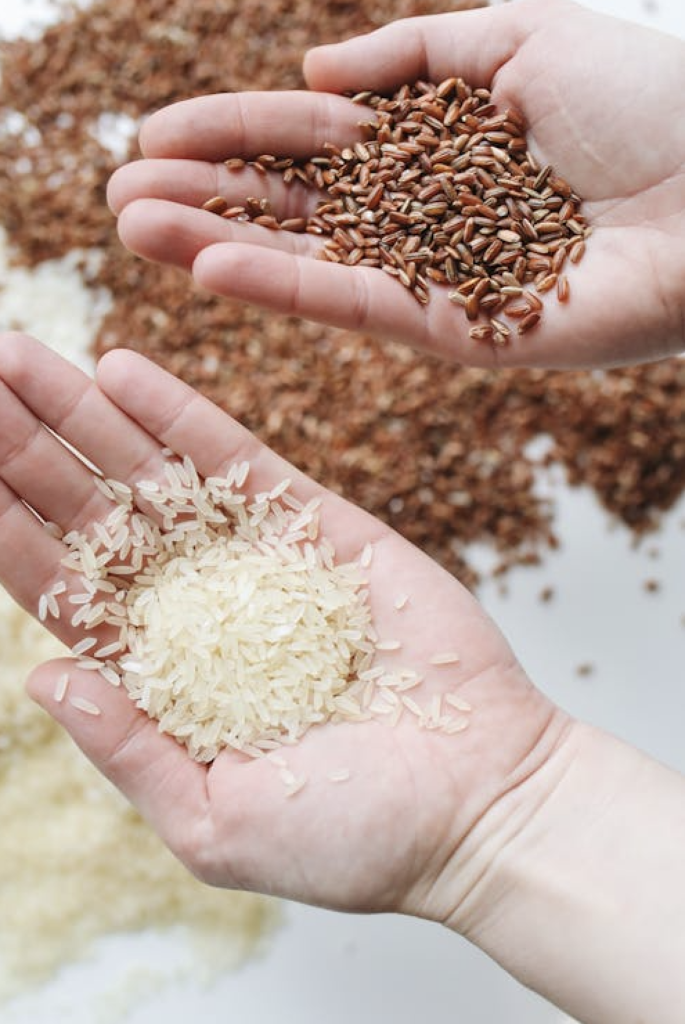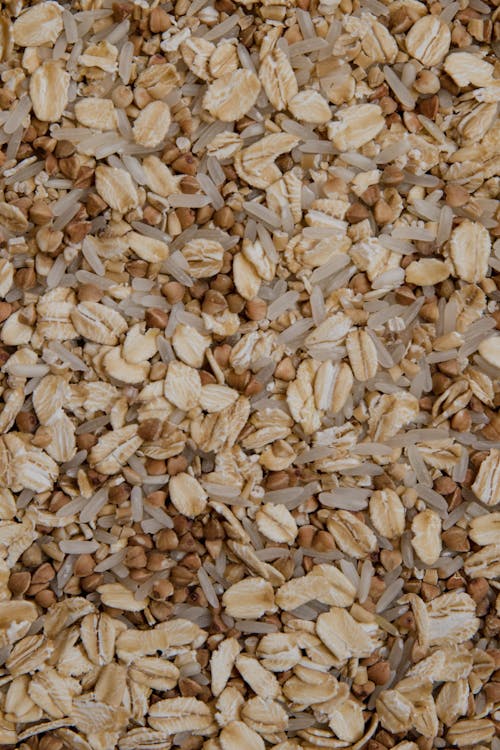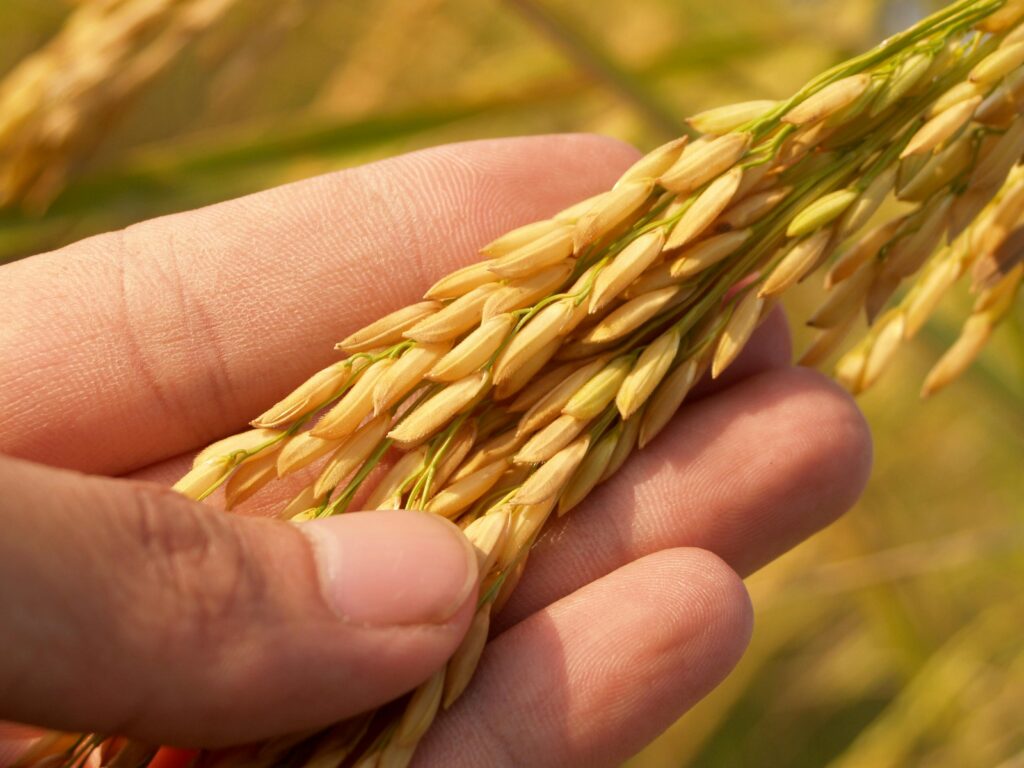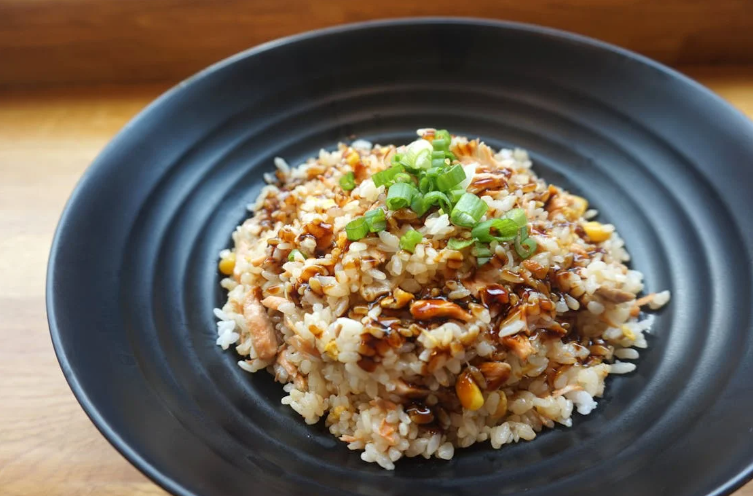The Rice Revolution: The Culinary Shift That Changed the Health Landscape of the Levant

By: Yara Marei / Arab America Contributing Writer
In the heart of the Levant, people once thrived on hearty grains like freekeh and burghul, staples that filled their plates and their lives with nourishment. These wholesome foods weren’t just ingredients; they were the foundation of a lifestyle that celebrated health and vitality, allowing families to flourish for generations. But everything changed when rice made its debut and brought along trade routes from the East. With its introduction, health issues began to rise, and the once-robust lifespans of the Levant’s people began to dwindle. Now, let’s dive deeper into this article with Yara Marei, a contributing writer for Arab America, as we explore how the arrival of rice transformed not only the culinary landscape but also the very essence of health in the region, intertwining abundance with unforeseen consequences.
Introduction of Rice to the Middle East

Rice’s introduction to West Asia followed two key dispersal routes: the Silk Road and South Asian maritime trade. Archaeological evidence indicates rice arrived in West Asia by the end of the first millennium BC but did not become a significant staple until the Islamic period (7th century AD), when large-scale irrigation projects facilitated its cultivation. Although rice became present in West Asia during the Parthian era, it was still considered a luxury crop, and widespread use only came later
Rice in the Levant (Jordan, Palestine, Lebanon, Syria)

In the Levant, rice was imported rather than locally cultivated during the Roman and Byzantine periods. Only with Islamic expansion and improved irrigation systems did rice become more commonly grown. However, it remained limited to areas with water resources, such as the Jordan Valley and the Galilee. Texts from the 10th century AD mention rice cultivation in Palestine, but it was not until the 20th century that rice became a widely consumed staple across the Levant.
Rice and Medicine

Rice had a role in medicine even in antiquity. Greek and Roman physicians, including Dioscorides and Celsus, recognized rice’s digestive benefits. Rice was often prescribed for stomach ailments and was made into gruels or porridges to soothe digestive issues. This use persisted into the Islamic period, with scholars continuing to reference rice for medicinal purposes.
Replacement of Traditional Levantine Grains

Though traditional Levantine grains like freekeh, burghul, and lentils remained staples, rice started to replace them, particularly in wealthier households, from the medieval period onward. However, it wasn’t until the 20th century that rice became a regular feature in Levantine diets. The transition from more fiber-rich grains like freekeh to rice may have contributed to changes in diet and health
Health and Lifespan Impacts

The introduction of rice into Levantine diets had notable health implications. Freekeh and burghul are whole grains with a lower glycemic index and higher fiber content than white rice. As rice became more common, particularly white rice, it contributed to higher glycemic diets, which are linked to increased rates of diabetes and metabolic disorders . The transition from fiber-rich grains to rice could have contributed to lower fiber intake, affecting overall digestive health and increasing susceptibility to modern chronic diseases. However, direct historical data connecting rice consumption to specific changes in lifespan is scarce.
Lifespan & Health

In general, populations that rely heavily on refined grains, such as white rice, have been shown in modern studies to experience higher rates of diabetes and other metabolic issues due to the rapid digestion and blood sugar spikes caused by rice. While historical records from the 1800s and before do not provide specific links between rice and lifespan, the shift in diet from traditional grains to more refined rice may have contributed to changes in health outcomes in later centuries. Additionally, the increasing consumption of rice among the wealthy may have correlated with changes in life expectancy and chronic diseases over time.
Call of action: Exclude Rice From Your Diet Now!

It’s time to take action and reconsider our consumption of rice. As this article highlights, various clinical and research studies show how rice introduction to the Levant has significantly affected lifespan, and the numbers speak for themselves. Our ancestors lived well into their 100s, thriving on diets based on lentils, freekeh, and other wholesome grains. These ingredients were at the core of traditional dishes long before rice became common. Imagine dishes like mansaf, not with rice but with nutrient-packed freekeh or lentils, as it once was. Mansaf with freekeh is still celebrated at festivals today, and the ancient rice-free version called Irshoof, made with lentils and freekeh, remains an option for those seeking a healthier alternative. This shift back to our roots isn’t just about preserving tradition—it’s about preserving our health and longevity.
Now, consider this: Egypt’s beloved Koshary is a pasta-based dish from an ingredient introduced in the 16th century (which is pasta!). What were Egyptians eating before that? The answer lies in more wholesome, nutrient-dense ingredients—just like in the Levant. It’s time to embrace our rich culinary history and move towards a future where rice is no longer on our plates, and we are not following the fast-grown crops of rice because the fast economic system wants us to do that.
Omit rice! For the sake of our health and the health of future generations.
Check out our blog here!








